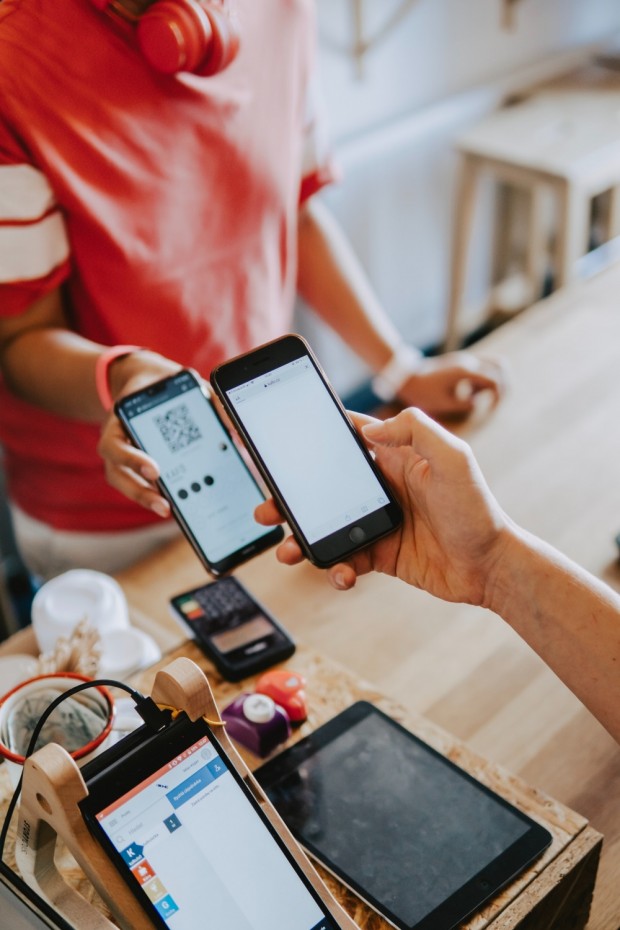Photo : David Dvořáček on Unsplash
Have you ever experienced that sinking feeling when you realize that you've forgotten to pay an important bill, only to then be met with late fees? Admittedly, it's a scenario that many of us have faced. But what if there was a way to bid farewell to these moments of oversight and ensure that your bills are paid on time, every time?
What are pre-authorized debit payments?
Say hello to pre-authorized debit payments, or PAD payments for short. PAD is a payment method that allows organizations and individuals to withdraw funds directly from a payer's bank account on a regular basis, based on pre-authorized agreement. This agreement gives the payer's explicit consent for the payee to automatically deduct the specified amount from their bank account.
PAD payments are most commonly used for recurring bills, subscriptions, loan repayments, insurance premiums and other ongoing financial obligations. They're also a popular choice for people who wish to automate their payments instead of paying each bill manually. Essentially, this system offers both individuals and businesses a straightforward and streamlined way to manage recurring payments.
Types of PADs
Personal PADs
•A way for individuals or organizations to authorize specific payees to directly withdraw funds from their bank accounts
Business PADs
•With customer authorization, businesses can automatically withdraw funds for subscriptions, goods and/or services provided
Cash Management PADs
•Allows businesses to transfer, consolidate or reposition funds between the account of one entity to another (i.e. from a parent company to its subsidiary)
•Can be drawn on a business account for that same business or closely-affiliated company, but the accounts are typically held at different banks
Funds Transfer PADs
•For individuals who wish to draw on their own account to transfer funds to another account that they own at a different bank
How PAD payments work
The process of setting up a PAD payment is quite simple: the payer provides their banking information, including their account and transit numbers, to the payee. The payee then uses this information to initiate the PAD transaction. But before the PAD agreement goes into effect, the payer must give the payee the "go-ahead" to make withdrawals from their account. This is typically done through a signed agreement or some kind of online form.
Once the PAD agreement is in place, the payee can initiate transactions on the agreed-upon dates. PAD transactions can be for fixed or variable amounts, depending on the nature of the agreement. For example, utility bills might have variable amounts based on factors like monthly water consumption, electricity usage and waste collection services. On the other hand, subscription services like gym memberships are more likely to charge a fixed monthly fee.
What to include in a PAD agreement
According to Payments Canada, there are mandatory elements that must be included in any PAD agreement:
1.Date of agreement and signature
2.Payer's authorization
3.PAD category
(a) Personal - mortgage, rent, etc.
(b) Business - lease, supplies, etc.
(c) Funds transfer - retirement savings contributions
4.If amount is fixed or varied (with necessary statements and notifications)
5.Frequency of withdrawals (weekly, monthly, recurring set date, etc.)
6.Instructions on how to cancel agreement
7.Biller's contact information
8.Information on payer's recourse rights
* This is a contributed article and this content does not necessarily represent the views of universityherald.com









